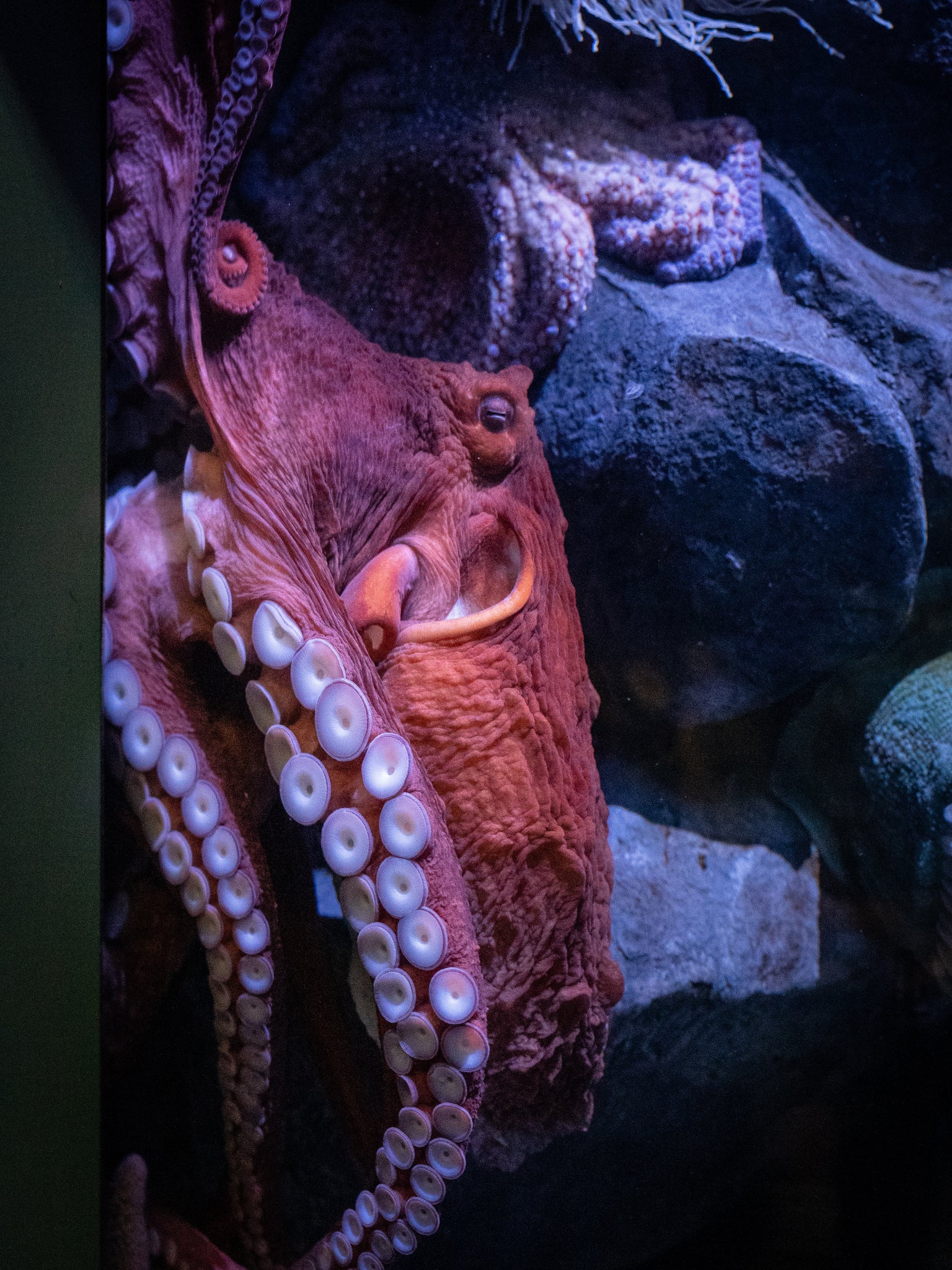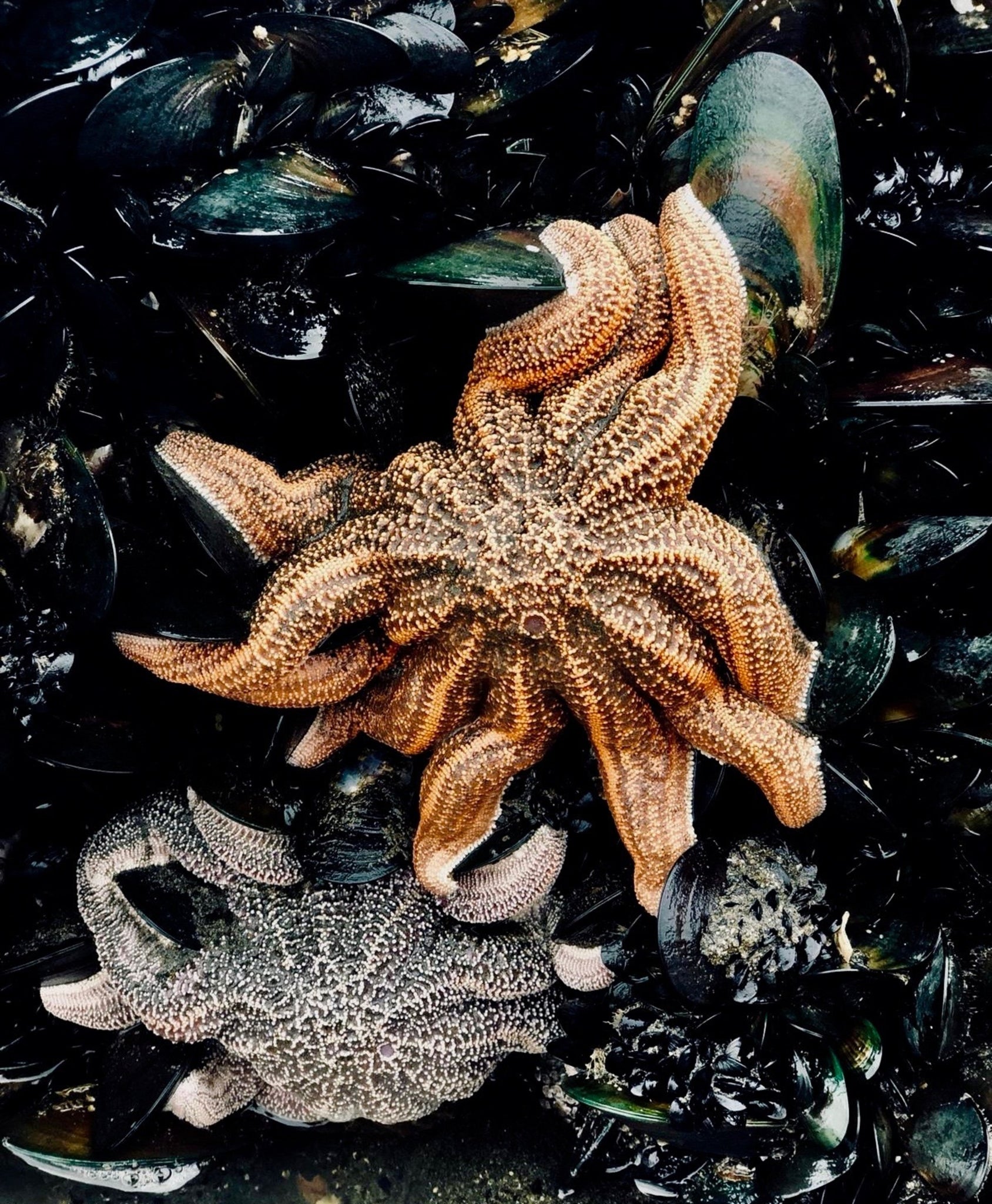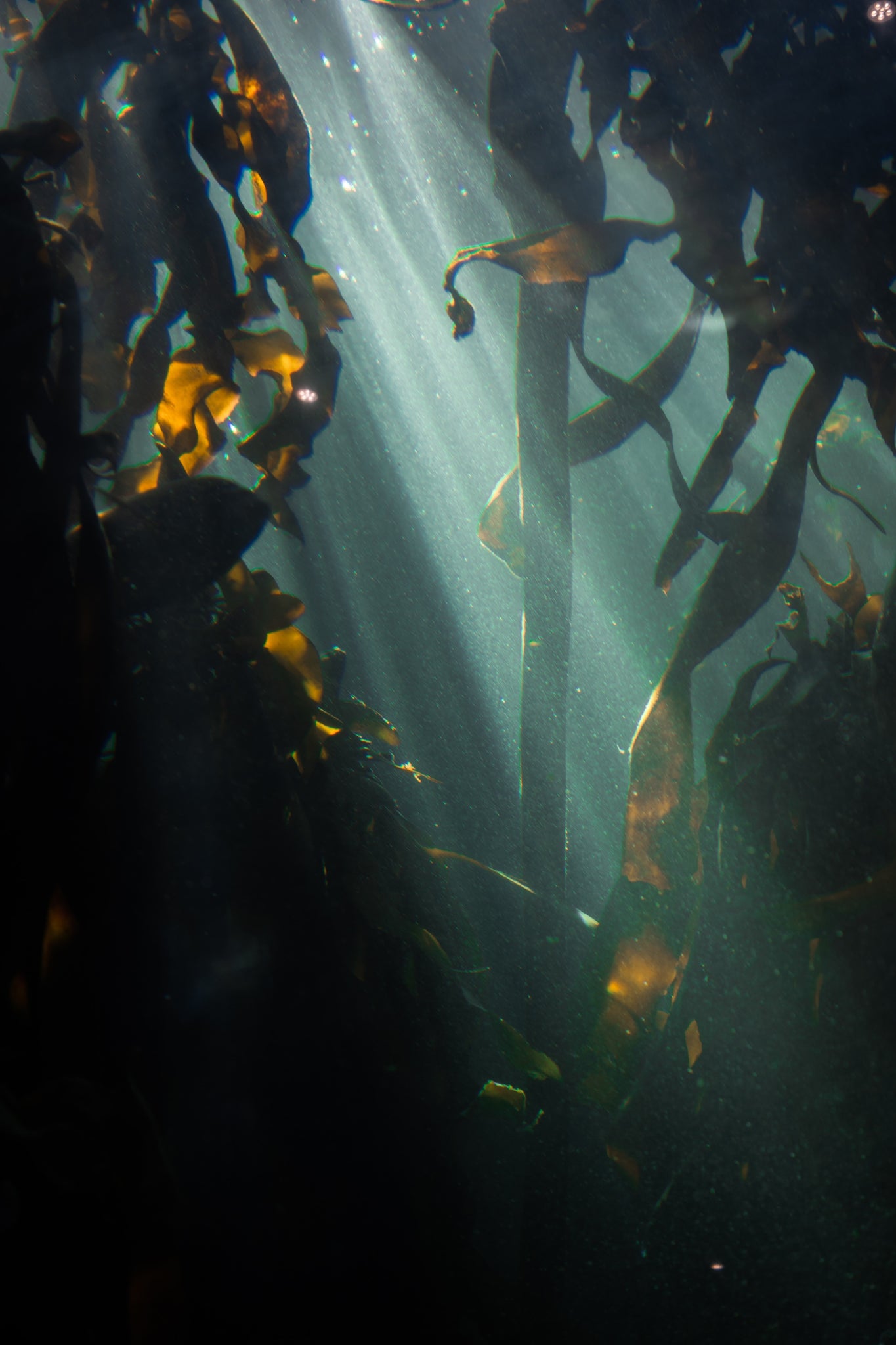Who out there dreamed of being an Explorer when they grew up? A Sailor? A Discoverer of New Lands + Species? Maybe a Pirate? Except for maybe that last one, we are right there dreaming along with you. When you become an adult, those dreams can be replaced with real jobs that you can pursue - Geographer, Boat Captain, Oceanographer, Scuba Instructor. Whether it is your full time job, or how you fill your leisure time, you should never stop exploring and being curious about our natural world.
Here in the Pacific Northwest, we are lucky enough to have two worlds to explore - above and below the water. It's no surprise that we are particularly enamoured with the beauty of our underwater ecosystems. Did you know we have some fo the best cold water diving in the world? Jacques Cousteau himself said that British Columbia has “the best temperate water diving in the world, and second only to the Red Sea.” Pretty high praise!
If you grew up right on the Ocean, our local marine life that hangs out on our shores will seem relatively normal to see regularly. Venture out just a little further and there is a jungle of colours and creatures underwater that we bet anyone, from near or far, would be delighted to see up close. Here are a few creatures we get excited to find when we dive under.

Giant Pacific Octopus
Believe it or not, our coast is home to the largest octopus in all of the oceans! That is pretty awesome. All marine creatures are spectacular, but Octopuses are a special kind of amazing. These are the largest and longest lived of all the species, with an average length of 16 feet and average lifespan of four years. They are generally a reddish brown colour, but they can change colour to blend in with their surroundings. They will die after they breed, with the females living about 6 months to tend to her eggs, a period in which she doesn't eat! Octopus are seriously smart and mischievous creatures. We marvel at them every time we are lucky enough to see one!

Sunflower Seastar
The purple starfish you will commonly see along our tidal shores is like the small cousin of this seastar. Sunflower seastars usually have 16-24 limbs, which they can shed and re-grow, and can grow up to a metre across! They have thousands of tiny tube feet along the underside of their limbs that allow them to move at one metre/minute, the fastest pace of any seastar in the area. These flowerly looking creatures are actually predators. They will feed on shellfish, sea cucumbers, snails, urchins (their favourite), and more. Their colour varies from bright oranges and reds, to deep purples. You will find them hanging around seaweed beds, hunting and avoiding King Crabs, who like to feed on them.

Wolf Eel
This very long creature is actually a fish, not an eel, despite its name. They can grow up to 6-8 feet, and weigh up to 18 kg. While not the most attractive fish, they are actually very romantic, pairing up in long-term relationships and making homes, or "dens" together in rocky crevices. If they live up to their maximum life span of around 25 years, they may stay with their mates for the better part of two decades. That's commitment. Their large mouths are designed to get past the spiky exterior of a sea urchin, or break open shellfish and crabs. Although known to be curious enough to approach divers, they should still be given space.

Photo Credit to eikojonesphotography.com
Rockfish
There are many spiky, spiney fish that fall into the rockfish category, we couldn't pick just one. These fish range in colour from the browns and bieges of their surroundings, to vibrant red, orange, and yellow (Check out a great gallery of the many species here). Most people seeing them for the first time would rightly assume they might be dangerous to the touch. These fish are characterized by "...dorsal, pelvic and anal fins equipped with very sharp spines that contain a trace of mildly toxic venom." If they keep themselves safe, some of these fish can live up to a couple centuries. Not quite prehistoric, but a good long life!

Photo Credit to Racerocks.ca
Giant Plumose Anemone
Anemones are like living flowers of the underwater world. There are so many amazing varieties the world over. The Plumose Anemone is a tall column, with a fluffy looking tuft of thin, short tentacles, sort of like the head of a cauliflower. They are usually white, but can be brown, tan, or pinkish. When touched or threatened, the tentacles may retract into the column, and shrink down. Don't let that mislead you to think they are shy though. Anemones are carnivores. They will suck small animals in with their tentacles and into the centre of their oral discs to be devoured. Pretty, but deadly to small marine life!

Bull Kelp
We know this isn't a creature, but it sure is home to many, so we think it deserves an honourable mention. This beautiful marine plant grows up to 60 ft tall, and waves its supple blades in the waters like leaves on a tree. It is an annual seaweed, growing from spore to maturity in a year. Fish, crabs, urchins, seastars, otters, and more hide amongst it's stalks for safety and for play. If you grew up on the coast, you might have played jump rope on the beach with long dried tendrils of kelp, or used the head as a make believe bowl. Fun for the whole family!
This is only a small snap shot of the things that you could discover in our salty seas. We hope that you find a little inspiration in the beauty of these creatures to get out and interact with the Ocean. There is a whole new world down there! And wherever you are, do remember to respect the marine habitat of where you are diving and give creatures the space they need.
If you have never been exploring underwater and are looking to start, head to Frank Whites Dive Store in Victoria for gear, courses, and expert advice on all types of Ocean recreation.
For those of you who are already big into the diving scene, what are your favourite things to see underwater? And if you're willing to share, what are your favourite spots?
from SALT Shop - Journal https://saltshop.ca/blogs/news/underwater-world-strangest-marine-creatures-in-the-pacific-northwest
No comments:
Post a Comment